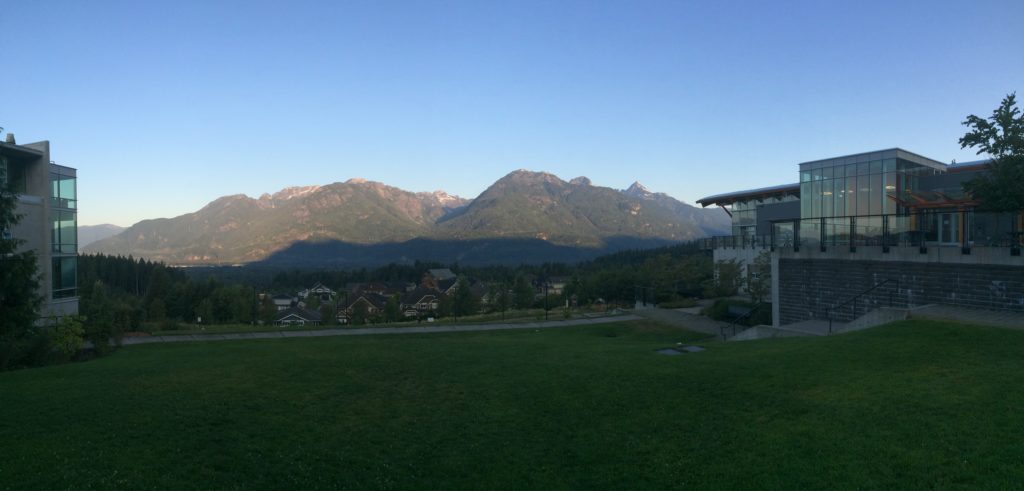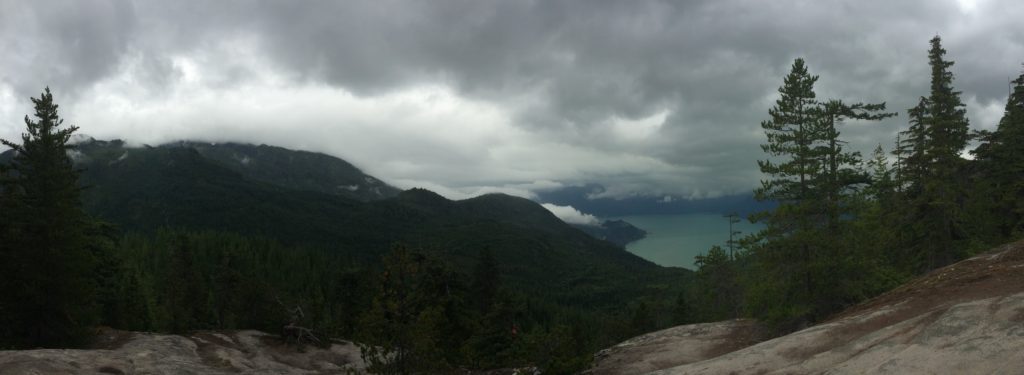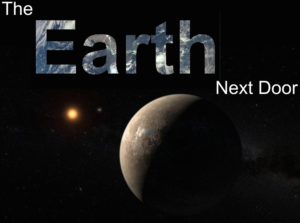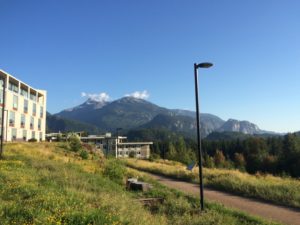The first and second days of the Exoclimes conference were just excellent.
The indefatigable Andy Ingersoll opened the conference with a brilliant review talk comparing the state of exoplanet science to the development of solar system science over the centuries, and he suggested in exoplanets we are at the same point solar system astronomers were 50 years ago.
As the day progressed, we toured the universe, learning about the connection between a planet’s mass and composition, visiting Saturn’s moon Titan, and exploring the atmospheres of exoplanets, both via transit and by directly imaging the planets.
Dinner at Howe Sound Pub for a pint of their Super Jupiter ISA capped off the first day of the conference.

The second day started with a focus on the connections between geology, life, and climate for Earth and how we might expand that understanding to exoplanets.
One talk that particularly stuck out for me was Robin Wordsworth’s talk about how the eruption of a large igneous province in Canada 720 million years ago (the Franklin LIP, as it’s called) may have catalyzed the Sturtian Glaciation, which provided a cautionary tale against making simple connections between the insolation a planet receives and its climate, the usual approach in exoplanetary astronomy.
After a visit to the Sea-to-Sky Gondala around lunch time and some spectacular views, the conference reconvened to discuss planets around low-mass stars. Since low-mass or M-dwarf stars are so small (less than half the mass of our Sun), finding and characterizing planets around them is a lot easier than for stars like our Sun. But M-dwarfs can be very different from Sun in many ways, and so it’s hard to know whether Earth-like planets around these stars would actually be Earth-like.
For instance, Antigona Segura discussed the effects of M-dwarf flares on the atmospheres of Earth-like planets and showed the flares can induce complex (and even potentially fatal) chemical changes in the atmospheres. Since M-dwarfs flare much more frequently than the Sun, it’s possible that life might be challenged on a planet orbiting an M-dwarf.




